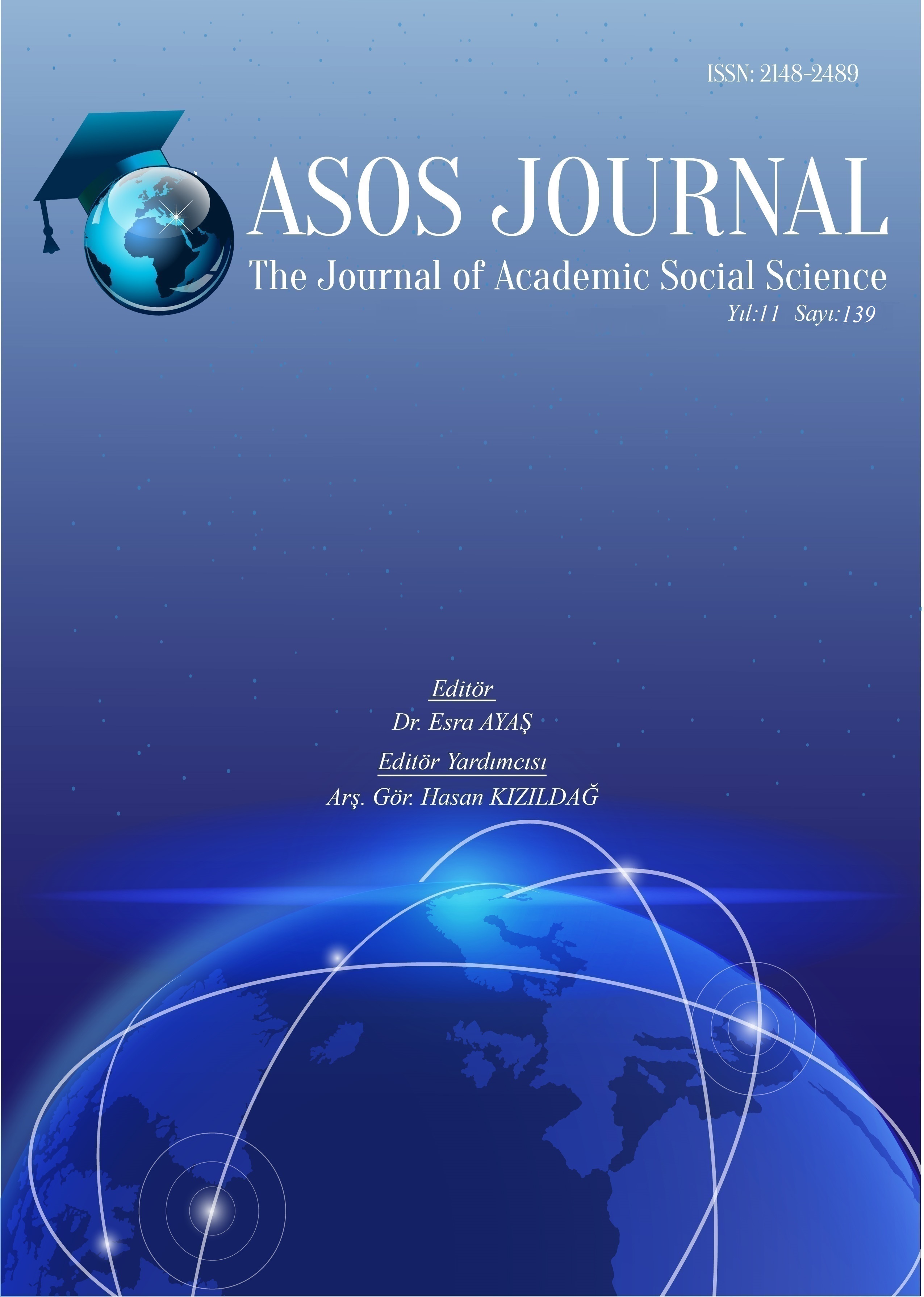YUSİF BAYRAMOV’UN DÖRT KEMAN İÇİN DÜZENLEDİĞİ MANASTIR TÜRKÜ-SÜ’NÜN KEMAN SAĞ VE SOL EL TEKNİĞİ BAKIMINDAN İNCELENMESİ
Author :
Abstract
Dünyanın en popüler çalgılarından birisi olarak görülen kemanın repertuvarı oldukça çeşitli, melodik, tınısal ve şiirseldir. Keman için besteler veren besteciler, kemanı bir solist çalgı olarak düşünerek onun özelliklerini en güzel şekilde gösterecek şekilde gerek müzikâl gerek teknik açıdan gösterişli eserler vermişlerdir. Keman solist çalgı olmasının yanı sıra oda müziğinin de vazgeçilmez üyesi olmuştur. Keman repertuvarı içinde iki, üç ve hatta dört keman için birçok eser bestelenmiştir. Özellikle keman eğitiminde öğrenilmesi hedeflenen sağ ve sol el tekniklerinin aktarımında iki, üç ve dört keman oda müziği gruplarının yeri önemlidir. Telemann, Vivaldi ve Playel gibi besteciler temel yay tekniklerinin öğretilmesinde birçok eğitimcinin vazgeçilmez kaynakları arasında bulunmaktadır. Türk keman eserleri literatürüne bakıldığında sanatsal açıdan nitelikli, bestecilik teknikleri açısından önemli ve hatta sayıca da azımsanmayacak derece solo eser olmasına rağmen, eğitim müziği için yapılan bestelerin eksikliği görülmektedir. Özellikle oda müziği için bestelenen eserlerin olduğu repertuvarda Türk besteci ve/ veya eserlerinin yok denecek kadar azdır. Azeri besteci Yusif Bayramov’un dört keman için düzenlediği Manastır Türküsü araştırmanın kaynağını oluşturmaktadır. Bu çalışmada bestecinin düzenlediği eserin keman sağ ve sol el davranışları bakımından hangi tekniklerinin kullanıldığı ve hangi düzeyde eğitime uygun olduğu tespit edilerek ortaya konmaya çalışılmıştır. Araştırmada veriler doküman analizi yoluyla tespit edilmiş, içerik analizi yöntemi ile de verilerin analizi gerçekleştirilmiştir.
Keywords
Abstract
The repertoire of the violin, which is seen as one of the most popular instruments in the world, is quite diverse, melodic, timbre and poetic. Composers who composed compositions for the violin, thought of the violin as a soloist instrument and produced ostentatious works, both musically and technically, to show its characteristics in the best possible way. Besides being a soloist instrument, the violin has also become an indispensable member of chamber music. Many works were composed for two, three and even four violins in the violin repertoire. The place of chamber music groups for two, three and four violins is important, especially in the transfer of right and left home techniques, which are aimed to be learned in violin education. Composers such as Telemann, Vivaldi and Playel are among the indispensable resources of many educators in teaching basic bow techniques. When the literature of Turkish violin works is evaluated, it is seen that there is a lack of compositions made for educational music, although there are solo works that are artistically qualified, important in terms of composition techniques, and even a considerable number of them. Turkish composers and/or works are almost non-existent in the repertoire, which includes works composed especially for chamber music.The Monastery Folk Song, arranged for four violins by Azerbaijani composer Yusif Bayramov, constitutes the source of the research. In this study, it has been tried to reveal which techniques are used in terms of violin right and left hand behaviors of the work arranged by the composer and at what level it is suitable for education. In the research, the data were determined through document analysis, and the analysis of the data was carried out with the content analysis method.
